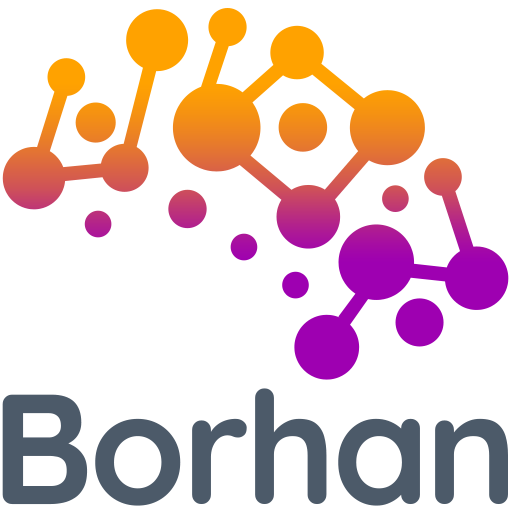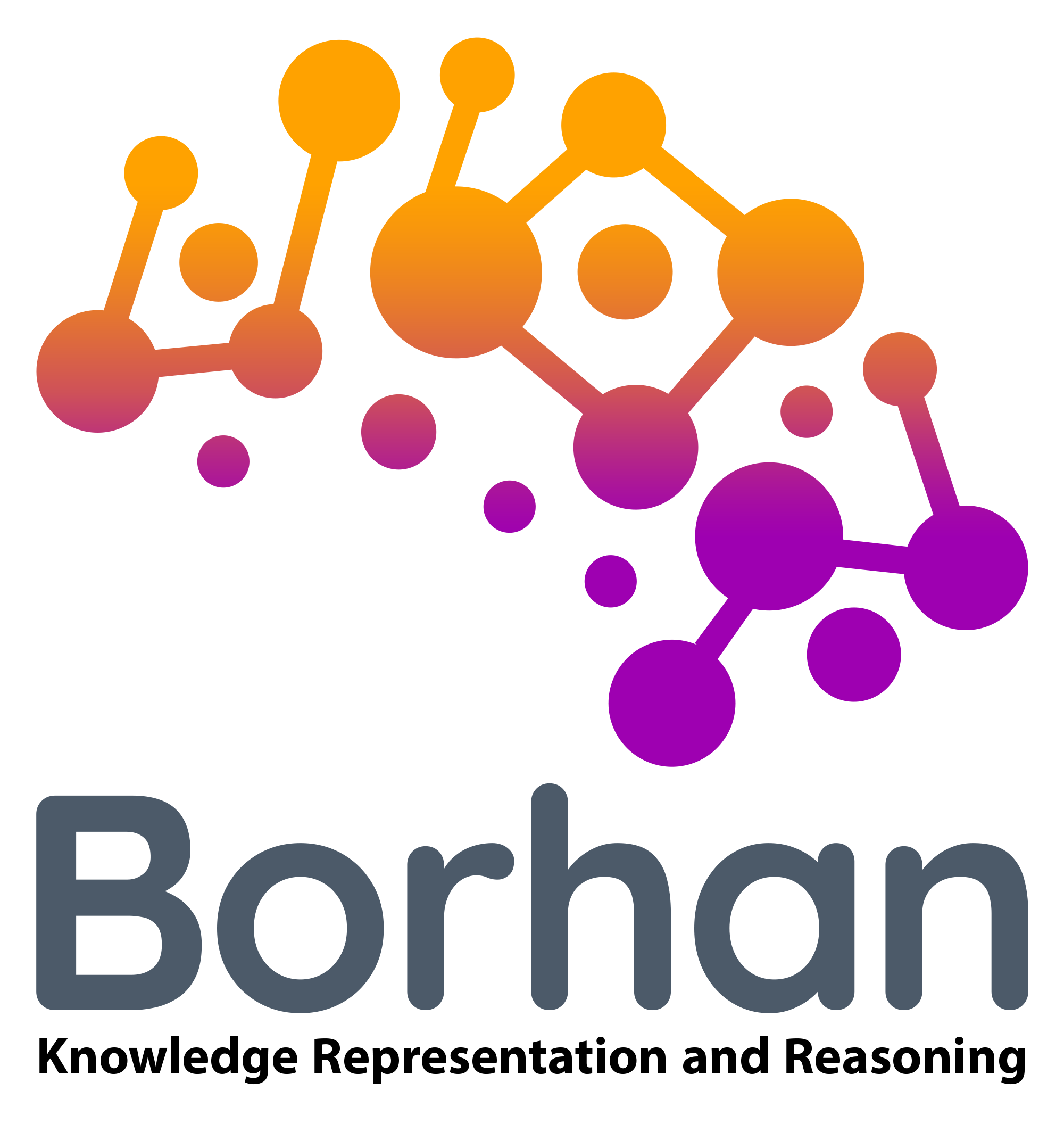Probabilistic Logic
The goal of the Semantic Web is to make Internet data machine-readable. This is a big and ideal goal, and some challenges appear in front of the Semantic Web, including vastness, vagueness, uncertainty, inconsistency, and deceit. Automated reasoning systems will have to deal with all of these issues in order to deliver on the promise of the Semantic Web.
One of the most important challenges is “uncertainty”, i.e. concepts, and assertions with uncertain values. For example, a patient might present a set of symptoms corresponding to a number of different diagnoses, each with a different probability. Probabilistic reasoning techniques and algorithms based on probabilistic description logics are generally employed and implemented to solve these problems.
We, in Borhan team, work on computer reasoning based on the knowledge graph and try to extend this issue by logical methods and by implementing probabilistic description tableaux algorithms on uncertain ontologies.
For more info and to attend the course mail us. (courses@borhan-onto.ir)
Here is an overview of the course content:
+ What is Logic
+ Logics & Sciences
+ Logics & Semantic web
+ Hybrid Description logics
+ Possibilitistic description logic
+ Probabilistic description Logic
+ Language
+ Semantics
+ Syntax
+ Kolmogorov’s Axiomatic System
+ Tableau Method
+ Modal description logics
+ Dynamic description logics
+ Fuzzy description logics
+ Paraconsistent Description Logics
+ Abductive Description Logics
+ Approaches:
+ Deductive
+ Inductive and abductive
+ Implementation
+ Tableaux Semantics
+ Suitable Languages
+ Prolog
+ TrillP
+ Trill
+ Pellet
+ Implementation Algorithms
+ Challenges
+ Complexity
+ in time
+ in space
+ the availability of contents
+ Inconsistency in ontologies
+ scalability
+ multilinguality




